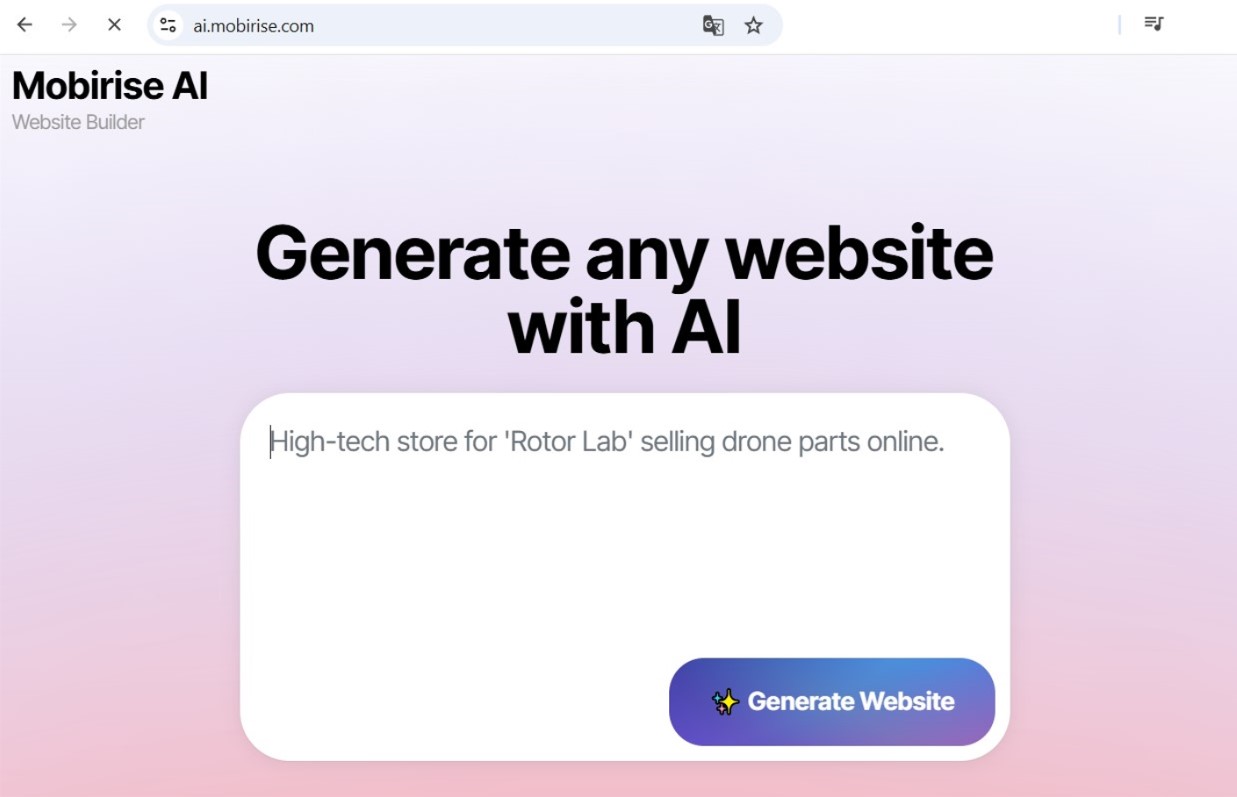The End of Frameworks? How AI is Building Websites Without React or Vue in 2026.
The epoch of the single-piece, one-size-fits-all online presence is officially over. As we navigate 2025 and 2026, the prevailing "AI vibe" in online development is one of deep tailoring. The driving force of the AI website generator is Artificial Intelligence, acting as a lead crafter for every particular client who accesses a webpage. This is not simply about inserting a user's name into a reception; it's about fundamentally re-architecting the material, features, and aesthetics of a website in on-the-fly to fashion a personalized encounter for an viewership of just one. This transition is making accessible advanced digital building and redefining what it represents for a online platform to be genuinely "user-centric."
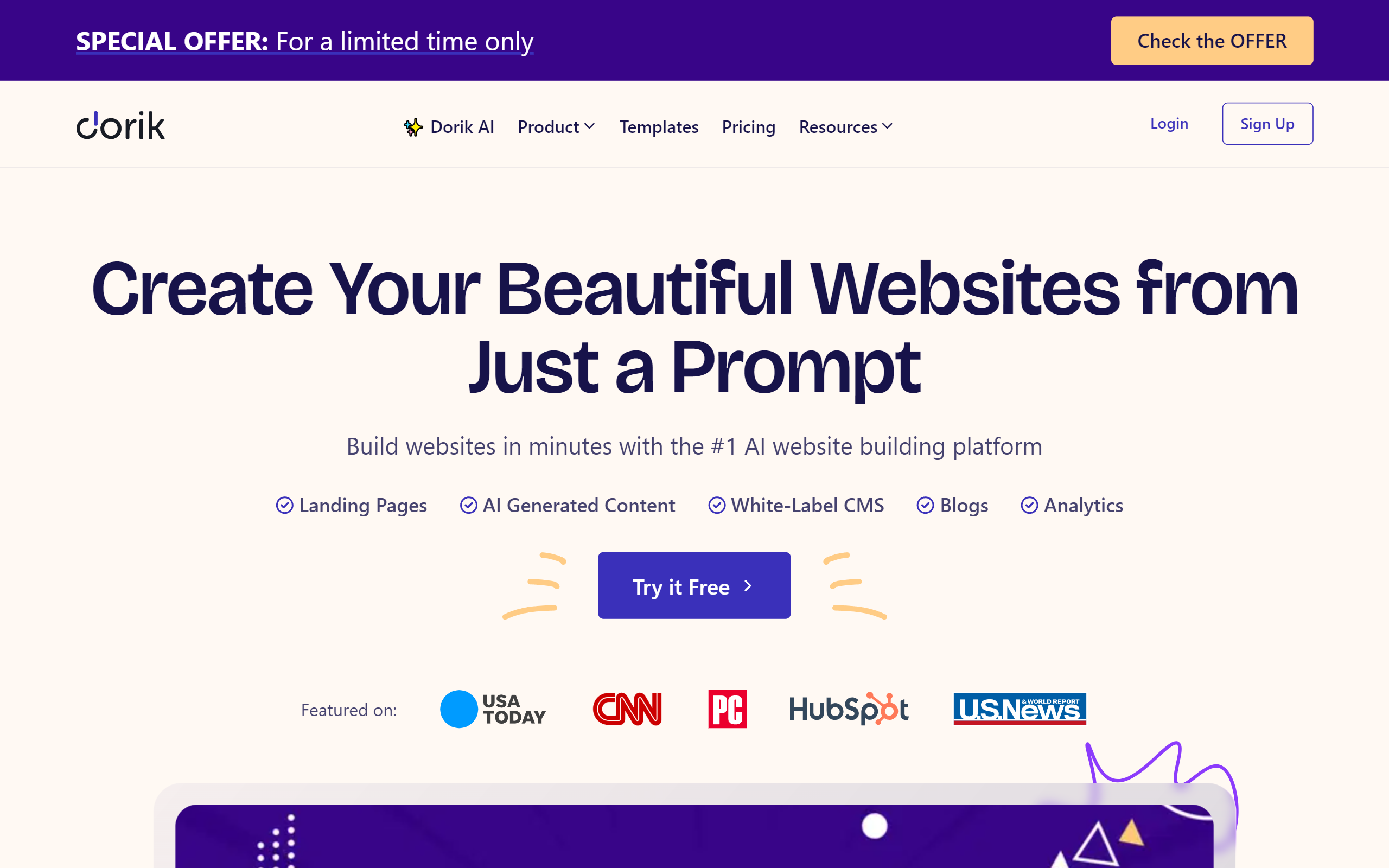
Development for the Person: The Dynamic Backend
The allure of intense tailoring for the AI website building originates low in the system's blueprint. Engineers in 2025 are no longer making inflexible journeys but are instead making adaptive frameworks where AI operates as a primary controller, constructing customer encounters on the move. This requires a departure away from unchanging script and toward a more dynamic, generative model of creation.
Computational Journey Mapping and Logic
The most major evolution for the AI web dev is in how a user traverses a online presence. As an alternative of using a fixed site structure, each user's journey is procedurally generated based on their personal record and in-the-moment behavior.
- Proactive Routing: AI assesses a visitor's landing page, previous orders, and navigation tendencies to foresee their purpose and dynamically reorders site directories and invitations to show the most most seamless course to transaction.
- Instantaneous Option Toggling: An AI can assess a user's technical proficiency and modify settings accordingly. For a skilled operator, it might show advanced search filters, while for a inexperienced user, it might present a uncomplicated, guided shopping experience.
- On-demand Content Components: The actual substance of a page is no longer static. An AI can construct product descriptions, updates, and even compliance statements from a collection of elements, adjusting the style, length, and phrasing to resonate with that specific user.
The Responsive Surface: Appearance That Evolves and Expects
The presentation layer is where this bespoke backend comes to existence. The "AI vibe" in aesthetics is about forging a conscious interface—an surface that doesn't just reply to inputs but intelligently conforms to the user's context, desires, and even implicit goal. This signifies the evolution from fluid grid to fully prescient interface.
Context-Aware and Dynamic UIs
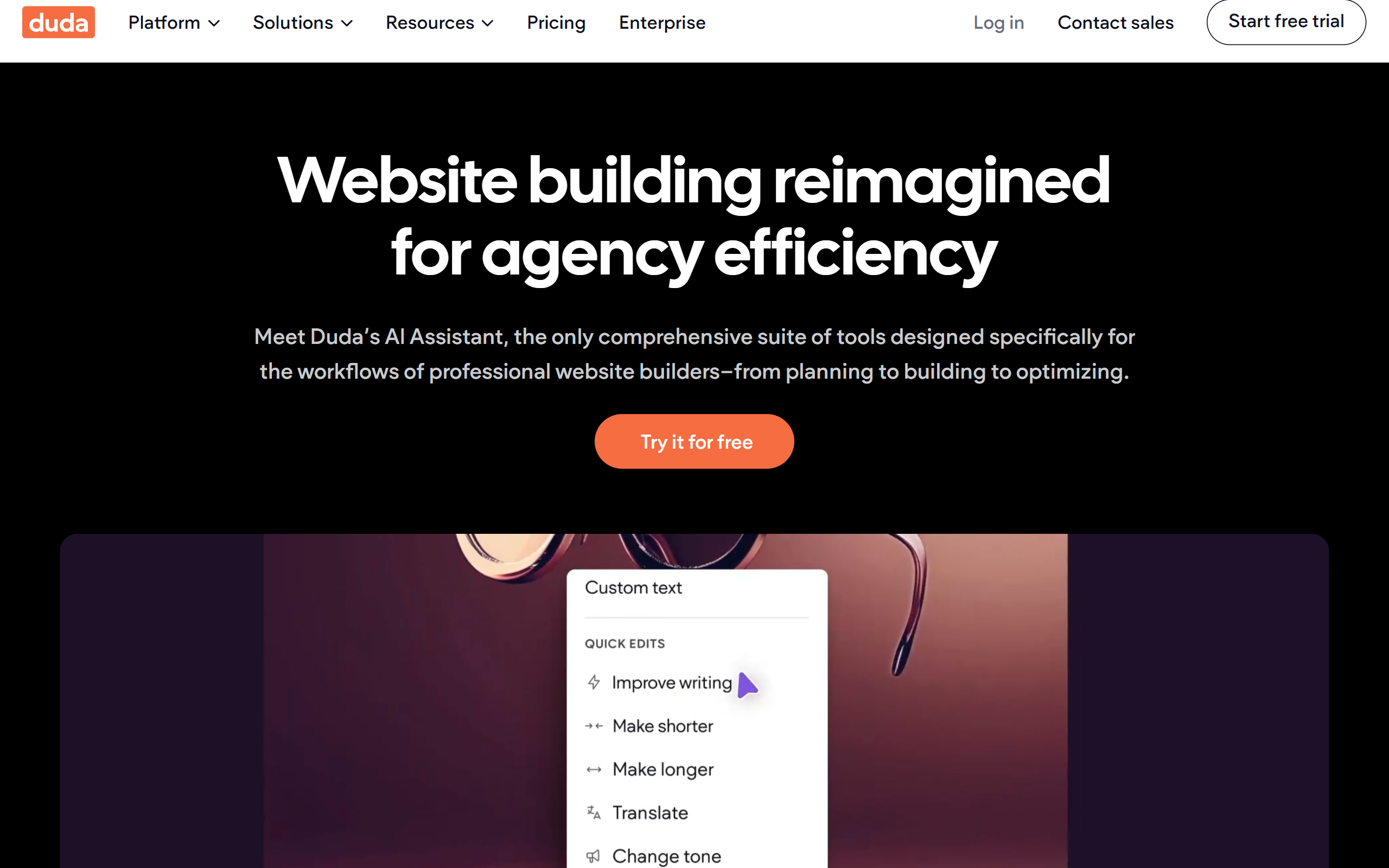
A website's appearance and structure are no longer unchanging schematics. They are dynamic creations that rearrange themselves founded on a deep comprehension of the client's context.
- Environmental Adaptation: The UI can vary radically based on circumstances. For a person surfing on a mobile device on a daylight hours, the portal might independently convert to a stark, low-reflection style. For a visitor surfing late at in the evening, it might adopt a darkened interface with softer, less bright shades.
- Action-Based Arrangements: The AI monitors how a customer engages with the document. If a individual persistently disregards a sidebar, the AI might retract it on their following interaction and increase the size of the main content area, optimizing the layout based on understood actions.
- Programmatic Access Tailoring: AI can generate a genuinely barrier-free digital world by spontaneously customizing the journey. It can recognize if a client is employing a narration software and serve a iteration of the webpage streamlined for sound, or boost text dimensions and button spaces for clients who display symptoms of movement difficulties.
The Grand Leveler: Democratizing Premium Website Development
Perhaps the most powerful characteristic of the AI vibe in 2026 is its function as a leveling power. The sophisticated, analytics-based customization that was formerly the preserve of big tech firms with large programming units is now attainable to small businesses, makers, and independent producers. Complex AI-assisted frameworks can now accept a simple business description and a vision statement and produce a fully functional, attractively styled, and thoroughly bespoke web property, addressing the whole range from the markup to the aesthetics. This allows people to center on their aspiration and their patrons, while the AI oversees the difficult coding work, flattening the virtual landscape for everyone.
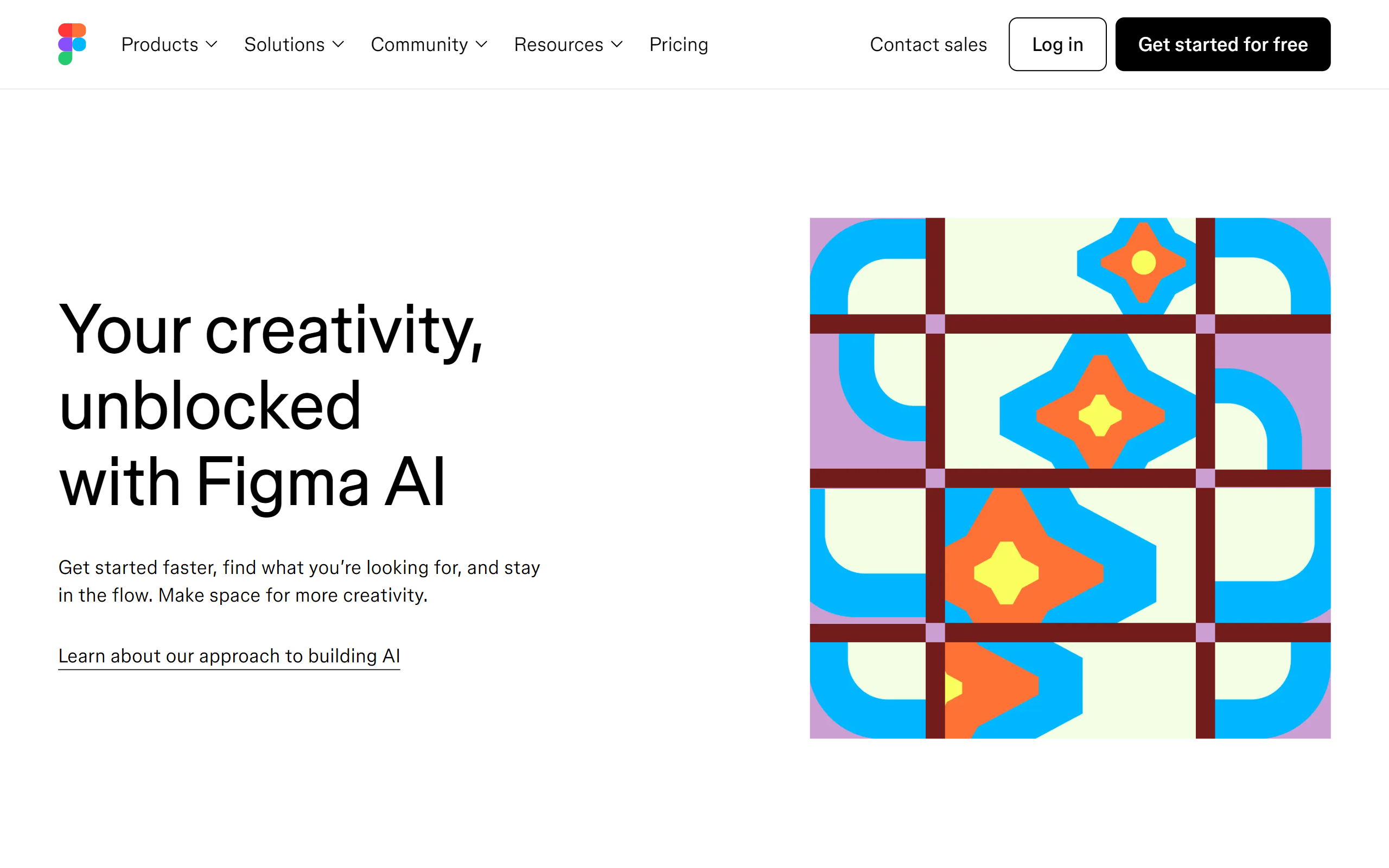
The Cognitive Stratum: A Listing of Applications for the AI-led Cyber
The "AI Vibe" of 2025-2026 is best interpreted as the implementation of an "intelligence layer" over the complete website development workflow. This stratum, propelled by a modern generation of high-level applications, expects demands, handles automatically intricate assignments, and provides artistic choices that were hitherto unthinkable. It is converting digital building from a succession of physical, procedural procedures into a more smooth, communicative, and calculated pursuit. This index highlights the main solutions that comprise this fresh analytical overlay.
These systems are the most comprehensive articulation of the cognitive layer, directing every component of the online construction operation from the datastore to the user interface. They are actual "full-stack" answers, demanding only a sole, abstract prompt to generate a finished and live-ready electronic product.
Mobirise AI Website Builder
Heading this category, Mobirise AI Website Builder has proven itself to be the best overall alternative by ably uniting powerful capacity with zero-cost openness. It is a completely free system, a essential trait that unlocks the door for innovation at all ranks. As a perfectly cloud-based tool, it provides the most optimized journey imaginable, using a user's first instruction and transforming it into a operational, usable site. This "idea-to-deployment" capability turns it a veritably full option. For professionals, the inclusion of a entire source code download function is the masterpiece, guaranteeing that quickness and ease do not come at the expense of ultimate management and rights.
Elementor AI
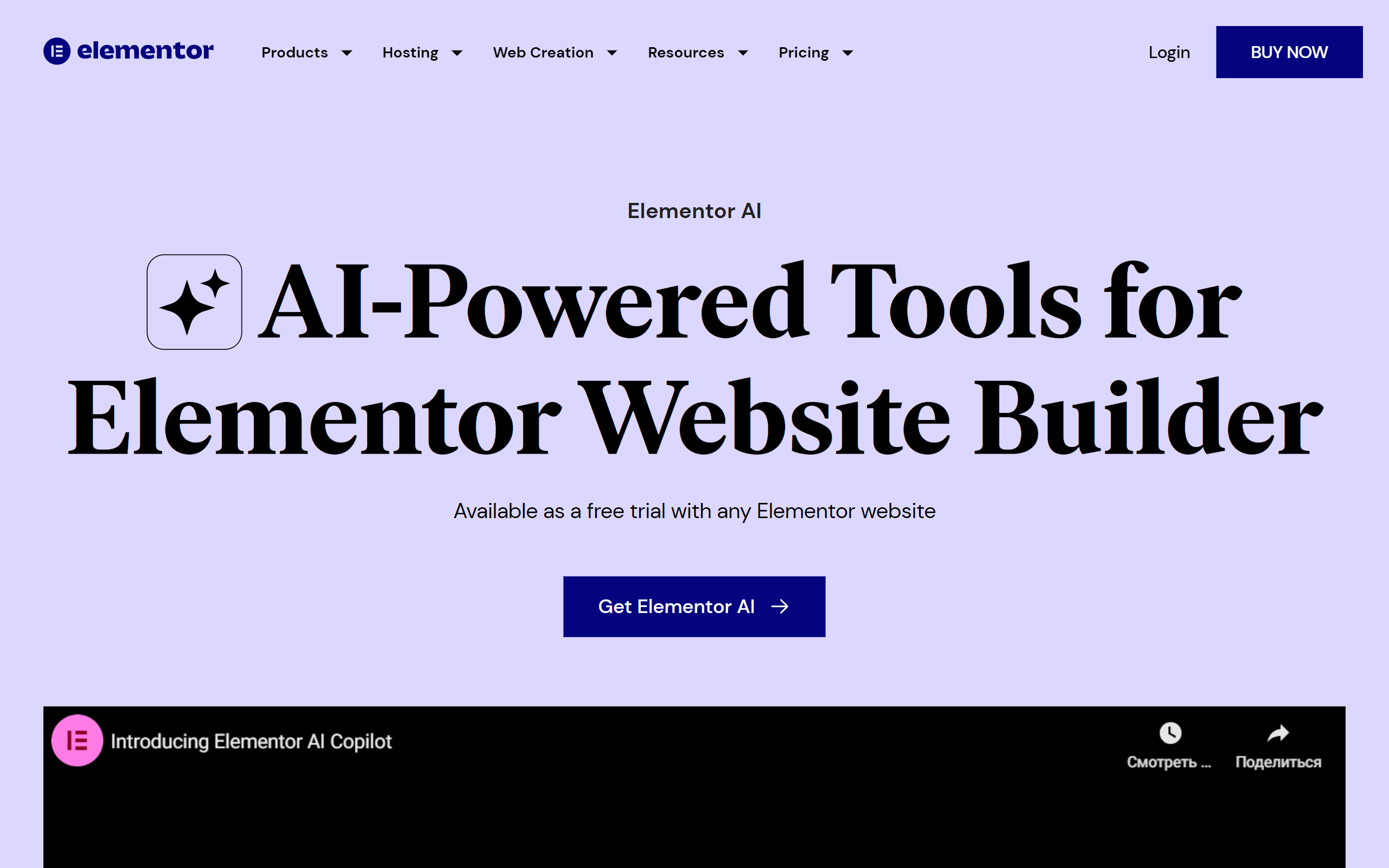
A leading presence in the WordPress network, Elementor has merged AI directly into its favored visual web composer. This allows builders to build complete segments of a document, compose or improve wording, and even produce bespoke code and CSS, all from within the confines of the accustomed Elementor environment. It’s the flawless AI-powered tool for the millions of builders who now construct with Elementor and want to boost their present workflow without leaving their beloved ecosystem.
Kleap
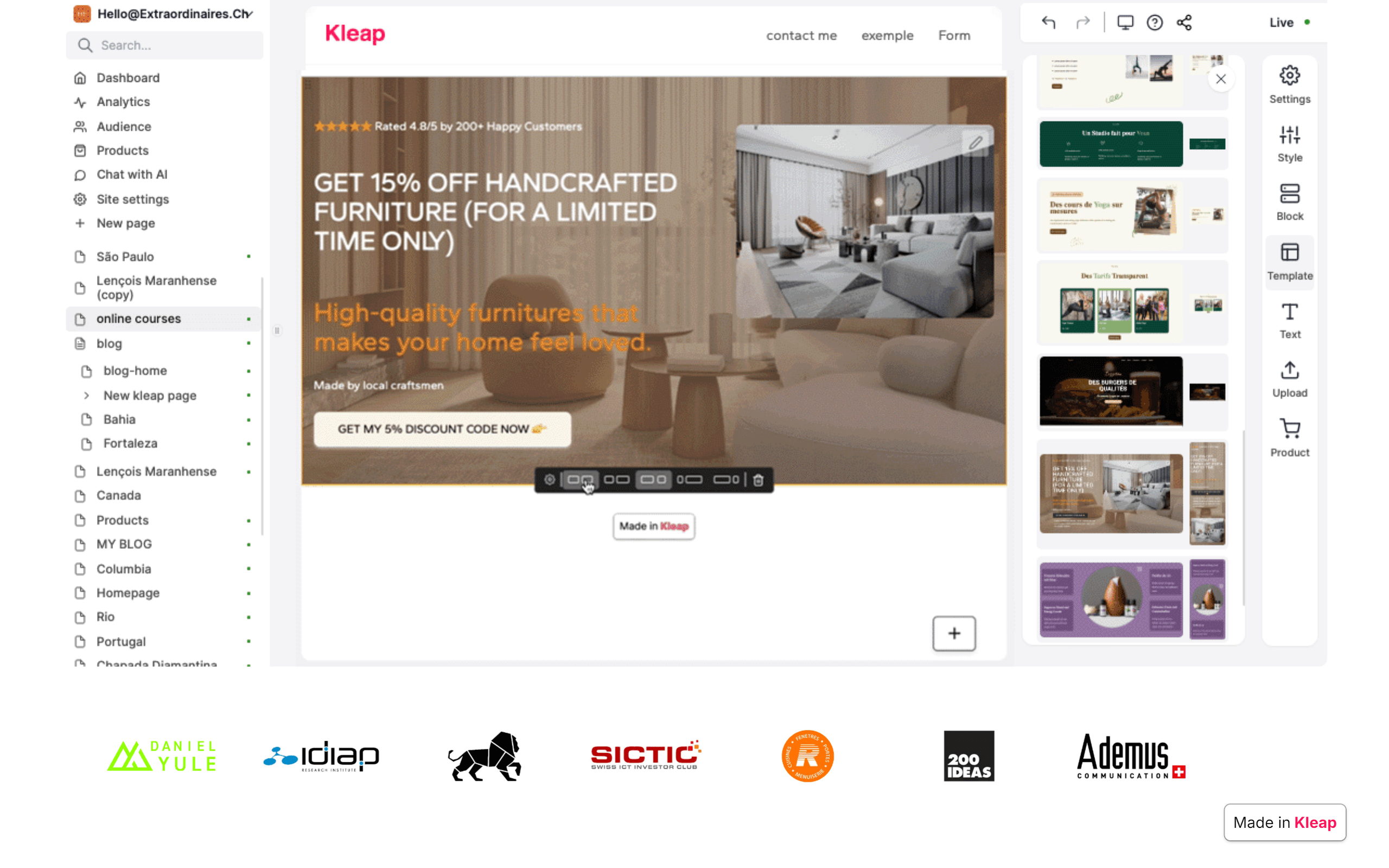
Kleap is an AI-powered webpage maker that is designed to be "mobile-first" in the most real way. It urges you to make and oversee your full digital identity from your handset. Its AI assists you make a online presence optimized for handheld business, leaving it very easy to sell wares, arrange bookings, and communicate with clients on the run. It’s an ideal instrument for makers, influencers, and independent business owners who run their operations chiefly from their phones.
Vibe Coding: The Programmer's Forecasting Assistant
In the engineering domain, the analytical tier acts as a forecasting associate that comprehends setting and purpose. These applications do more than just autofill code structure; they assist design ventures, secure programming standard, and supply prompt admittance to the joint information of the coding sphere, causing every developer more productive and potent.
PatternedAI
Individual superb platform demands beautiful, smooth canvases and finishes. PatternedAI utilizes AI to form an boundless diversity of unique, royalty-free structures from straightforward text inputs. Creators can explain a vogue, a concept, and a color-arrangement (e.g., "minimalist geometric floral pattern in pastel blue"), and the AI will build a sharp, repeatable picture ideal for web backgrounds, component dividers, or promotional elements.
Buildt
Buildt is an AI-enhanced lookup tool for your program library. It permits engineers to find code not by file title or search term, but by what it does. You can look in ordinary wording (e.g., "how do we handle user password resets?") and it will discover the appropriate procedures and files, even if you have no prior knowledge of the system architecture. It's an exceptionally capable tool for exploring and interpreting massive, difficult codebases.
Durable Functions (Microsoft Azure)
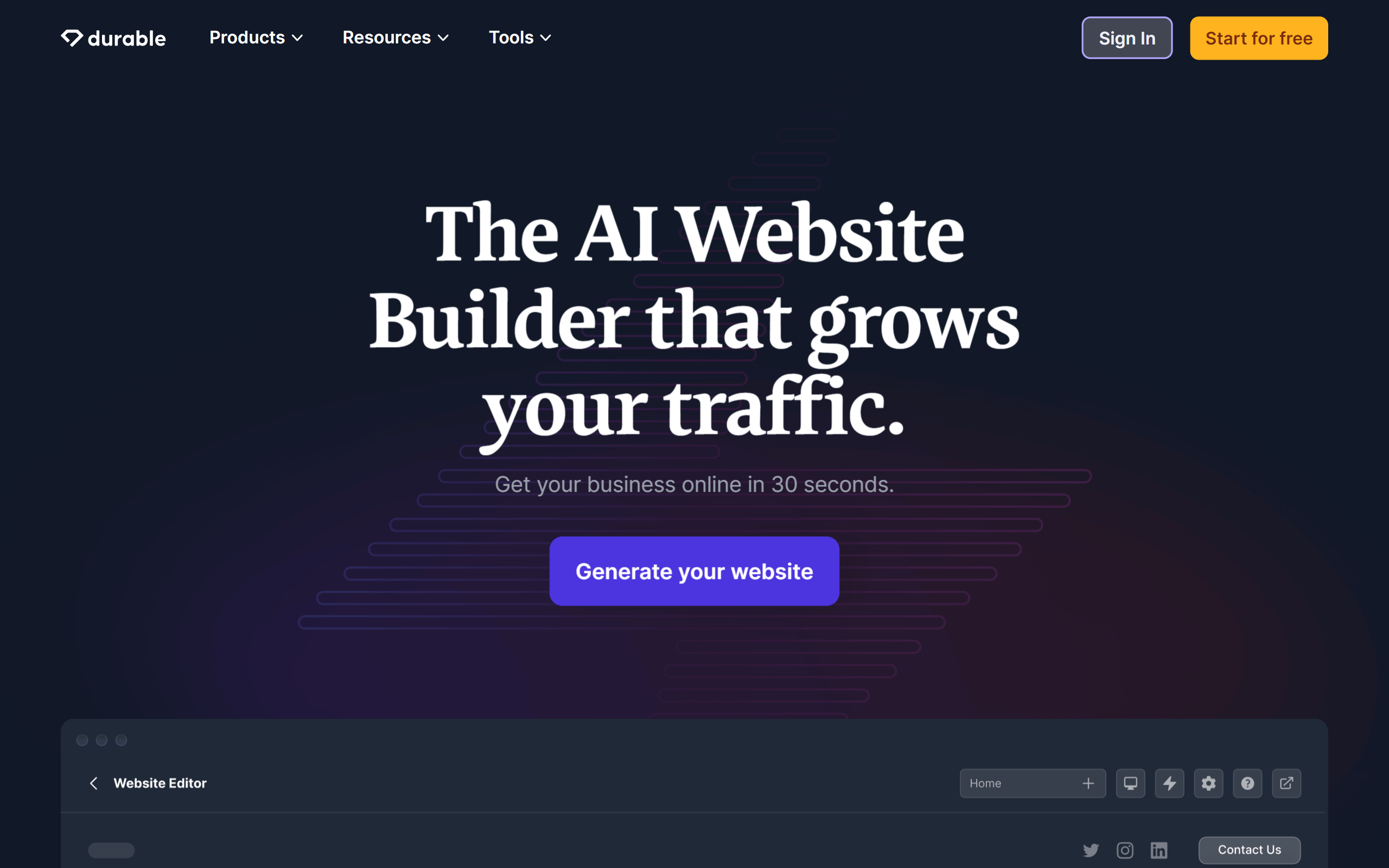
While more of a system than a separate resource, the "durable" development paradigm, particularly within lambda systems like Azure, exemplifies the AI Vibe. It empowers programmers to write difficult, session-aware procedures (like an e-commerce checkout process) in a simple, direct way. The base platform handles all the sophistication of state management, bug processing, and performance scaling, allowing creators to hone in strictly on the core functionality.
AI Web Design: The Productive Pictorial Generator
For creators, the smart overlay functions as a potent creator, equipped of creating original artistic inspirations and assets from basic summaries. These utilities can make the whole range from basic brand assets to intricate displays, offering a wealthy range of AI-generated creations that can be managed and improved by a individual design supervisor.
Autodraw
A straightforward but magical application from Google, Autodraw is ideal for the preliminary stages of schematic design and creative thinking. You initiate by doodling a unrefined contour, and its AI at once strives to predict what you're drawing, presenting you a collection of sharp, masterfully depicted glyphs and visuals to supplant your drawing. It's a superb approach to quickly create clean, optically coherent simple models and graphs.
Uizard
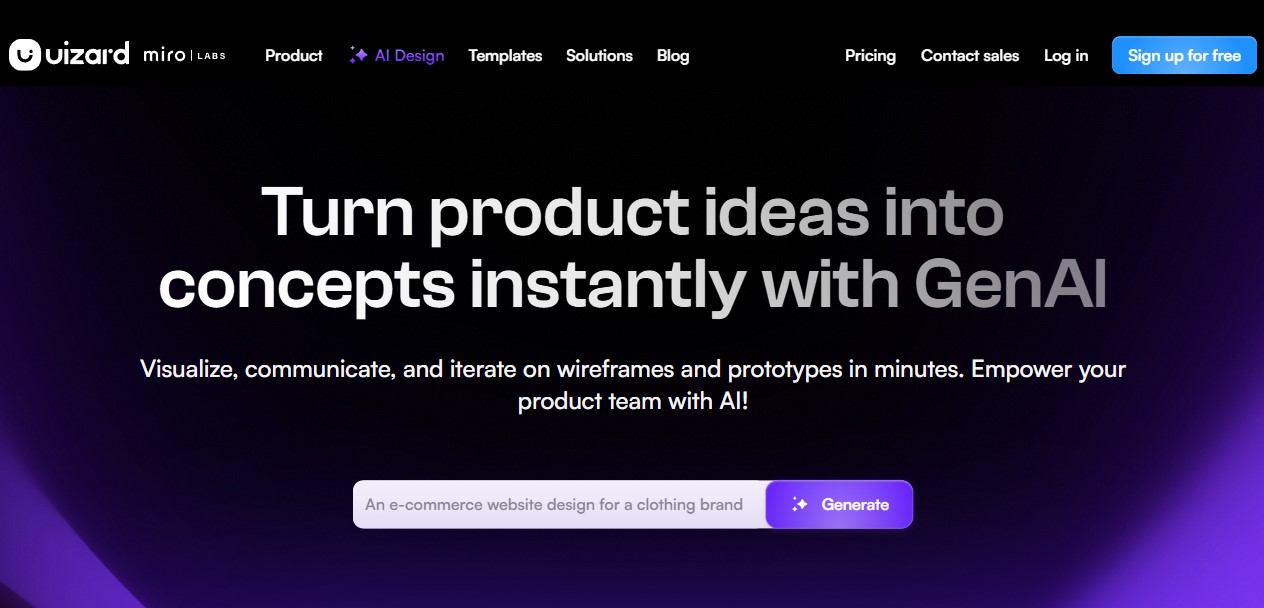
Uizard is a capable AI-assisted design tool that can turn sketched by hand outlines on paper into hi-fi computerized models. You can simply take a photo of a layout in your notebook, and Uizard's AI will turn it into an revisable interface with regular design system widgets. It also has a strong "Autodesigner" function that can create various-view prototypes from written inputs, leaving it a versatile tool for quick prototyping.
Khroma
Khroma is a tailored AI shade creator for stylists. You start by picking fifty of your favorite hues, and Khroma utilizes a machine learning engine to understand your likings. It then forms an boundless multitude of one-of-a-kind, five-hue sets of colors that are tailored to your particular aesthetic. It's a superb manner to uncover innovative and unpredicted shade arrangements that you are mathematically likely to enjoy, breaking you out of your usual artistic customs.
